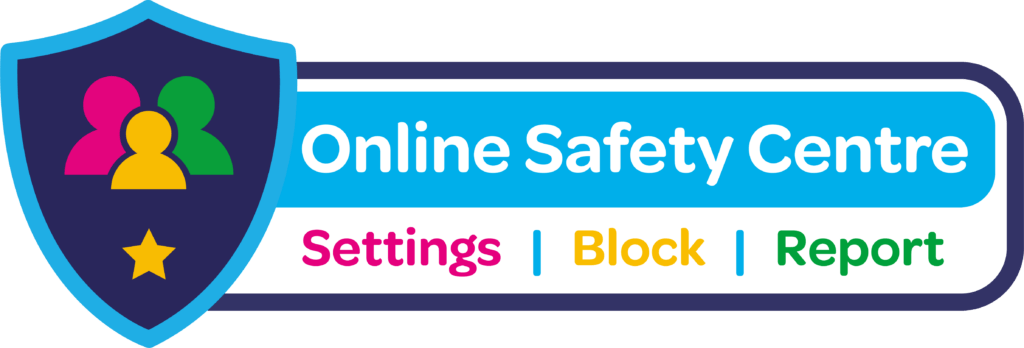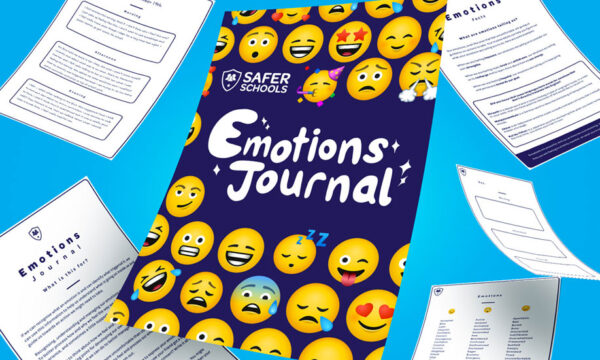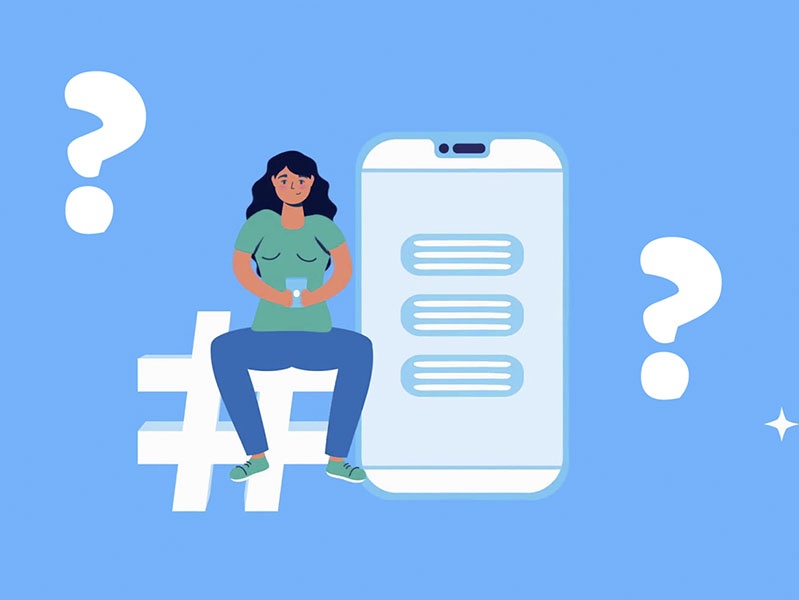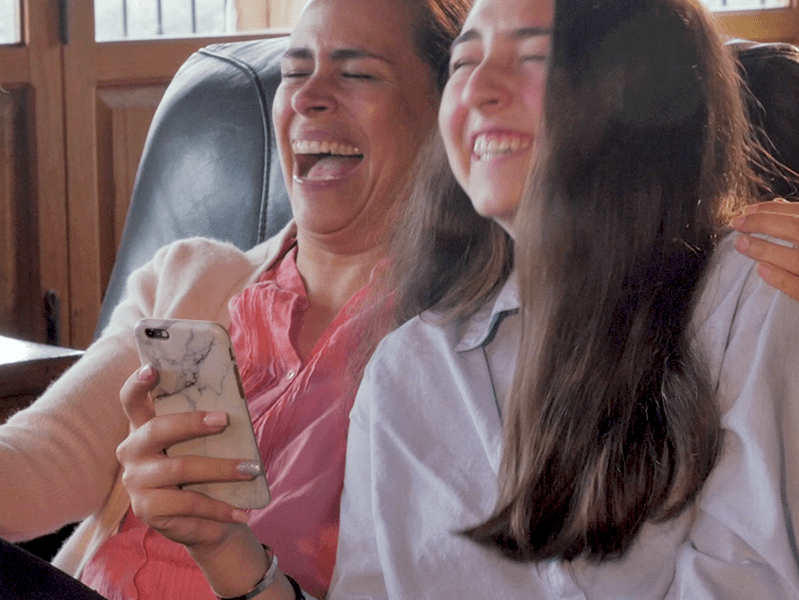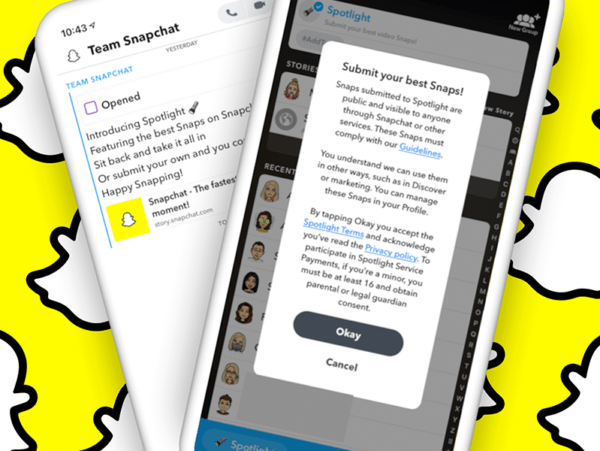In recent decades computers have become much more advanced. The average smartphone is now more powerful than the technology used to put the first human on the moon. But with this great power comes even greater responsibility.
Cybersecurity can seem like a daunting topic that requires a certain level of technical expertise. But there are simple steps you can take to support the children in your care to protect their information and devices.
Teaching children and young people about cybersecurity is central to building their digital resilience and supporting them to thrive in a digital world.
“Digital resilience is a dynamic personality asset that grows from digital activation, i.e., through engaging with appropriate opportunities and challenges online, rather than through avoidance and safety behaviours.” – UK Council for Internet Safety.”
In this article, our team of online safety experts explain two straightforward ways you can support young people in your care with cybersecurity.
Why is cybersecurity important?
As computers become increasingly more embedded in our lives, we store important personal information on several devices and computers, which is highly sought after by cybercriminals.
Cyber-attacks are becoming more sophisticated, and in an increasingly connected world, it’s never been more important to be mindful about cyber security.
Empowering the children and young people in our care with cybersecurity skills supports them to understand the valuable importance of taking steps to secure their information and devices from hacking, malware, phishing and data leaks.
Top Tips for Supporting Children and Young People with Cyber Security
1. Secure Your Passwords
When it comes to making passwords, longer is always stronger. Young people may have a lesser understanding of why using a strong password is important. The challenge of making a long password memorable can be tricky for children, young people and even adults.
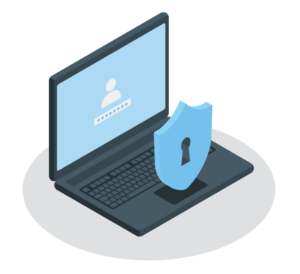
General principles of password security:
The best password is only as strong as the intent or skills of criminals to hack or guess them. There will be accounts a child or young person has that are particularly important to secure, and this is where 2 Factor Authentication (2FA) comes in.
2. Lock Down Your Accounts with 2 FA
The best password is only as strong as the intent or skills of criminals to hack or guess them. There will be accounts a child or young person has that are particularly important to secure, and this is where 2 Factor Authentication (2FA) comes in.
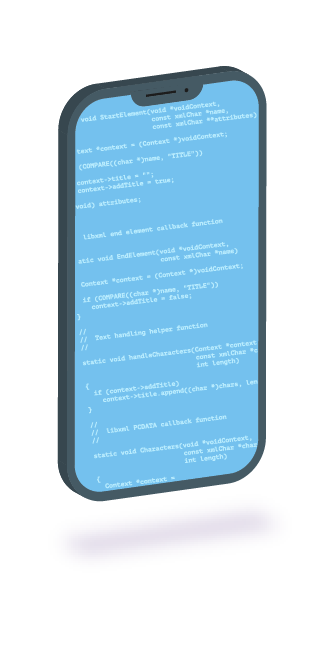
Young people can also enable 2FA on social media and email accounts to secure them. This means that even if a password is guessed, an unauthorised user should not be able to gain access. This is also useful if they are using a cloud-based storage system such as Google Drive or iCloud.
Further Resources
Join our Safeguarding Hub Newsletter Network
Members of our network receive weekly updates on the trends, risks and threats to children and young people online. These updates include access to articles, resources and factsheets to help make sure you’re ahead of the curve.


